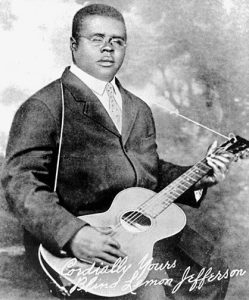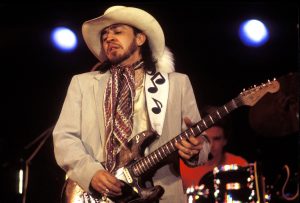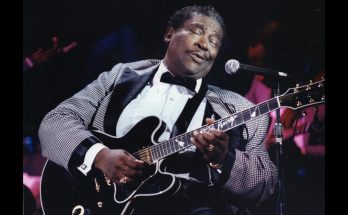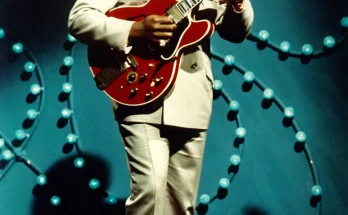Texas Blues: Where the Devil Howls and Guitars Burn
Forget Chicago’s smoky blues clubs. Texas blues ain’t your grandpappy’s Delta blues either. This ain’t no delicate finger-picking contest. This is where the devil howls and guitars burn hotter than a West Texas summer.
Born in the dust and sweat of the Lone Star State, Texas blues is a wild breed, a fusion of raw emotion and blistering technique. Think Delta blues got the blues? Texas took ’em, kicked ’em in the teeth, and sent ’em strutting’ with a whole new swagger.

Blind Lemon Jefferson, the godfather of this gritty sound, ain’t no stranger to your record player. His “Matchbox Blues” still haunts juke joints and back roads, inspiring generations of musicians from Carl Perkins to the freaking’ Beatles. Talk about crossover, huh?
The 1930s saw Texas blues explode. Cities like Dallas, Houston, and San Antonio became melting pots of talent, where blues men traded licks and stories late into the night. T-Bone Walker and Lightnin’ Hopkins, two titans of the electric guitar, electrified the scene, pushing the boundaries of what blues could be.
By the 1950s, a new wave of electric blues masters emerged. Freddie King, with his powerful voice and soulful guitar playing, became a major influence on British blues rock. Albert King, known for his unique “vibrato” guitar style, brought a raw intensity to the stage. And let’s not forget Albert Collins, whose “Ice Pickin'” style, characterized by a piercing, high-pitched tone, became a signature of Texas blues. These legends, along with T-Bone Walker and Lightnin’ Hopkins, laid the foundation for the next generation of Texas blues stars.
The 1960s saw Austin emerge as the epicenter of the Texas blues revival. Clubs like the Continental Club and the Antone’s became legendary, where legends like Stevie Ray Vaughan ignited the stage with fiery guitar solos that would make your soul scream. SRV, as he was affectionately known, possessed a raw, explosive energy that captivated audiences worldwide. Backed by the tight rhythm section of bassist Tommy Shannon and drummer Chris Layton, his band Double Trouble became a force to be reckoned with. Songs like “Texas Flood” and “Pride and Joy” became anthems for a generation of guitar players, proving that blues was far from dead.

And let’s not forget the Fabulous Thunderbirds, led by the soulful vocals and harmonica playing of Kim Wilson. Their blend of blues, rock, and R&B, with Jimmie Vaughan’s fiery guitar work, brought a fresh energy to the Texas blues scene, captivating audiences with their infectious grooves and high-energy performances.
But the Texas blues story doesn’t end there. Today, the torch is carried by a new generation of talented musicians. Sue Foley, with her powerful voice and bluesy guitar chops, is a shining example of the enduring power of Texas blues.
So, if you’re ready to feel the heat, dive deep into the heart of Texas blues. Discover the legends, embrace the new voices, and let the music move you.
P.S. Here’s a taste of what you need to hear:
- Blind Lemon Jefferson: “Black Snake Moan” (Get the remastered version – it’s pure fire)
- Lightnin’ Hopkins: “The Herald Sessions” (Raw, uncut, and utterly hypnotic)
- Stevie Ray Vaughan: “Texas Flood” (A must-have for any blues fan)
- Freddie King: “Freddie King Sings” (Soulful and powerful)
- Albert Collins: “Ice Pickin'” (Get ready to sweat)
- Albert King: “Born Under a Bad Sign” (Raw intensity)
- Fabulous Thunderbirds: “Girls Gone Wild” (Get ready to move)
- Sue Foley: “The Train to Memphis” (A modern classic)



